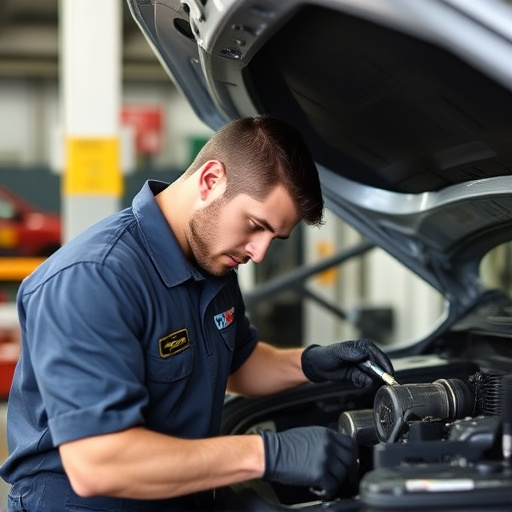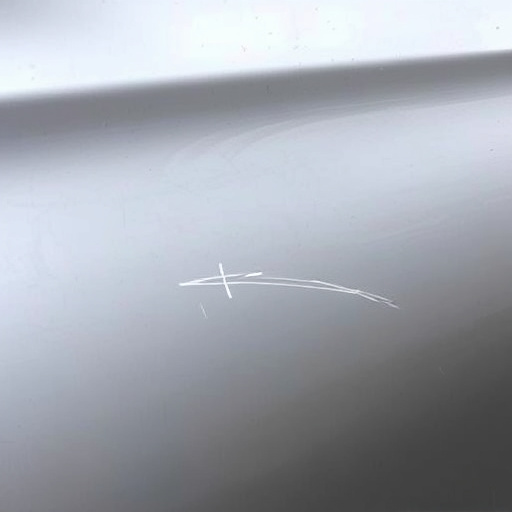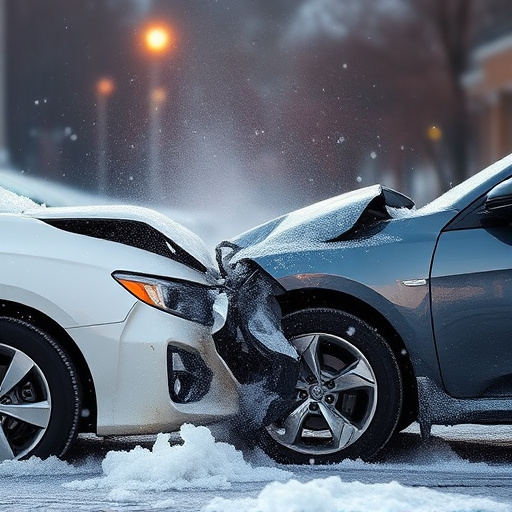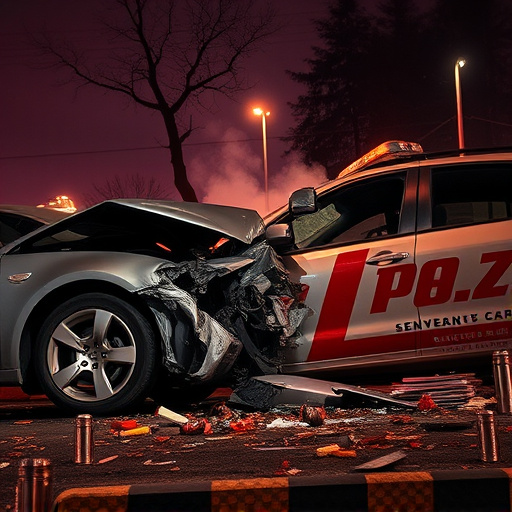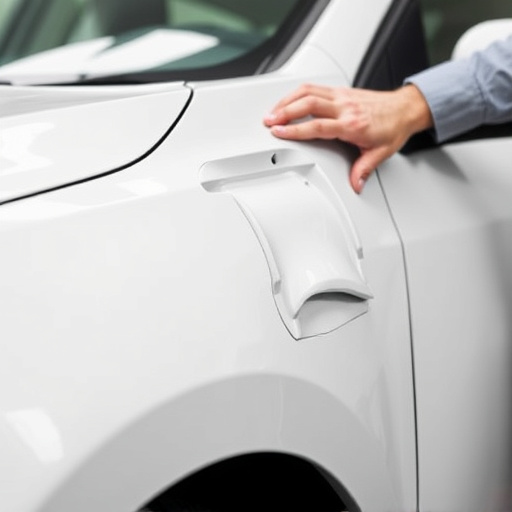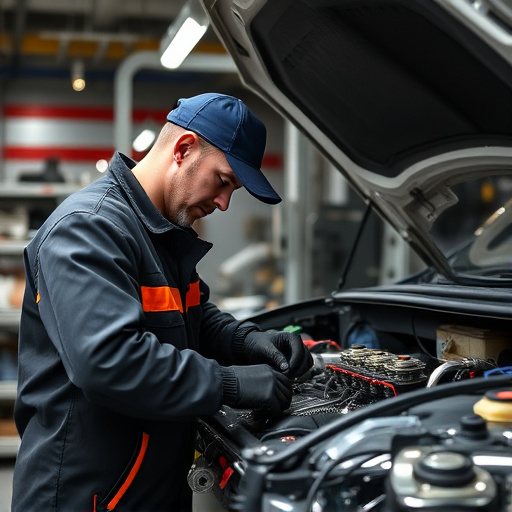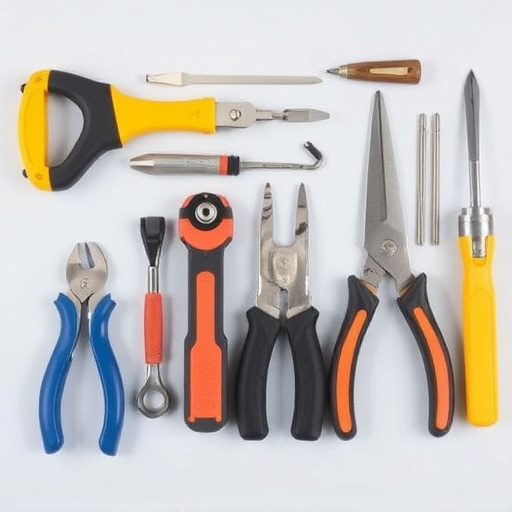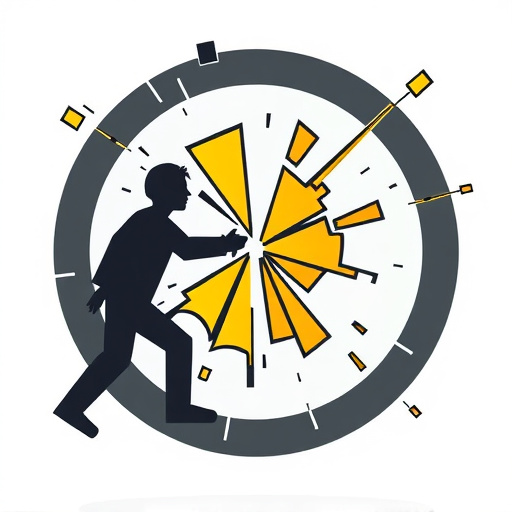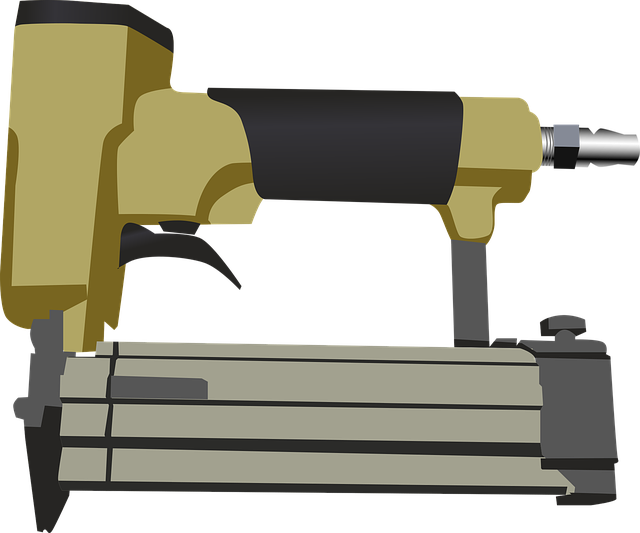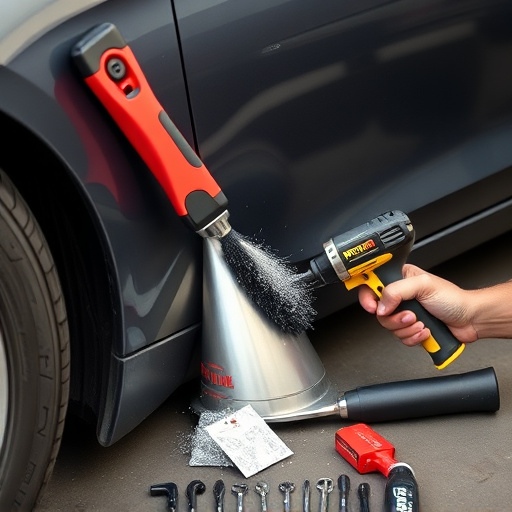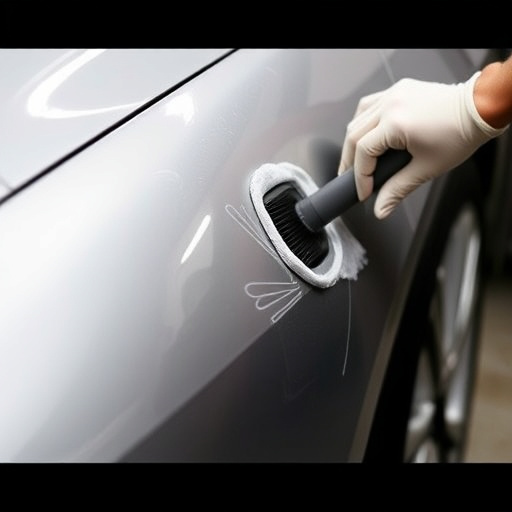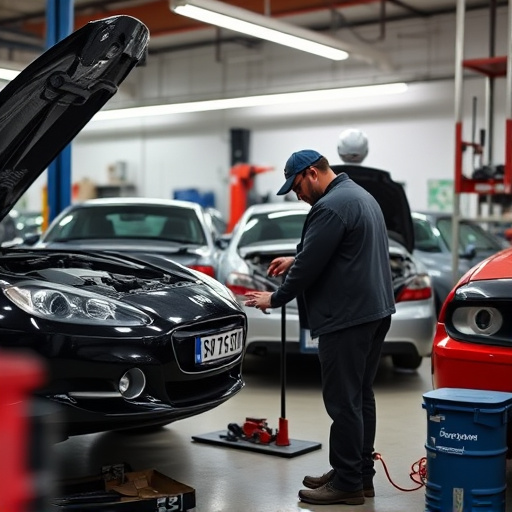Effective dispute management in rush collision repair services relies on clear communication, active listening, transparent documentation, and simple language to explain technical aspects. Open dialogue, detailed records, and prompt addressing of customer concerns enhance trust and satisfaction, ensuring a positive business reputation.
In the fast-paced world of rush collision repair services, disputes can arise, impacting customer satisfaction and business reputation. This article guides you through the intricacies of handling these conflicts effectively. We’ll explore the root causes of common rush collision repair disputes, delve into powerful communication strategies, and uncover resolution techniques that promote best practices in the industry. By implementing these strategies, you’ll enhance client relationships and streamline dispute management.
- Understanding Rush Collision Repair Disputes
- Effective Communication Strategies
- Resolution Techniques and Best Practices
Understanding Rush Collision Repair Disputes
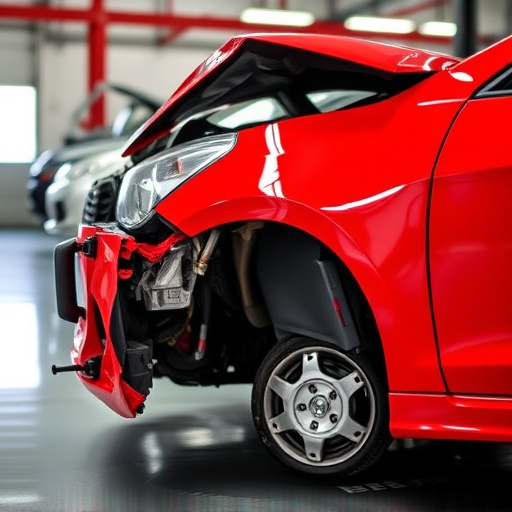
In the high-pressure environment of rush collision repair services, disputes can arise from various angles—from differing opinions on the extent of damage to disagreements over quoted repair costs. Understanding these conflicts is the first step in effectively managing them. Collision repair services, by their nature, involve intricate work that requires precision and expertise. When a vehicle arrives with a seemingly simple issue like a car scratch or dent removal, assessing the damage accurately can be challenging. This often leads to debates between customers and service providers about the necessity of certain repairs and their associated costs.
Given the urgency to get back on the road, folks might feel pressured into accepting quick solutions, which could result in subpar repairs or unnecessary expenditures. In such situations, clear communication becomes paramount. Both parties should articulate their concerns and expectations openly. Documentation, including photographs, can serve as irrefutable evidence for any future discussions or negotiations related to rush collision repair service disputes. This ensures that every step taken is transparent and fair, fostering a positive experience despite the initial stress of the incident.
Effective Communication Strategies

Effective communication is key when handling disputes in rush collision repair service cases. The first step is to establish open and transparent dialogue between all parties involved—customers, repair technicians, and insurance providers. Active listening ensures that every concern is heard and understood, fostering a collaborative environment. Clear, concise language should be used to explain the scope of work, estimated timelines, and potential costs, minimizing miscommunication.
Utilizing straightforward communication channels like phone calls, emails, or even video conferencing can facilitate quicker issue resolution. Documenting conversations and agreements protects both the customer and the collision repair service, ensuring everyone is on the same page. In cases involving high-end vehicles like Mercedes Benz collision repair, precise communication about vehicle body repair techniques and materials used can build trust and satisfy customers’ expectations.
Resolution Techniques and Best Practices
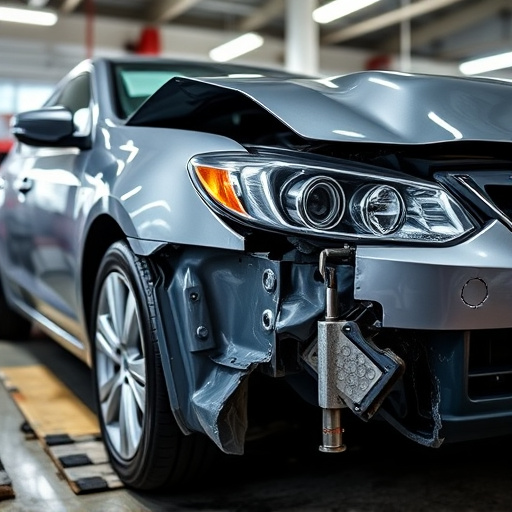
In rush collision repair service scenarios, effective dispute resolution is paramount to maintaining customer satisfaction and fostering a positive reputation for the business. One of the primary techniques involves active listening and clear communication. When a customer voices their concern or disagreement, shop representatives should give their undivided attention, acknowledge the issue, and convey empathy. This shows that the business values the customer’s experience and is committed to finding a solution.
Best practices also include offering transparent estimates for repair work, ensuring customers understand the proposed solutions, and providing options where feasible. Involving experienced staff who can explain technical aspects in layman’s terms can significantly reduce disputes related to unexpected costs or repairs not meeting expectations. Additionally, maintaining detailed records of communication, repairs performed, and customer feedback helps in resolving discrepancies promptly and provides a clear trail for future reference, enhancing the overall efficiency of dispute handling.
Handling disputes in rush collision repair service cases requires a combination of clear communication, effective resolution techniques, and adherence to best practices. By understanding the unique dynamics of these situations and employing strategic approaches, you can efficiently navigate and resolve conflicts, ensuring customer satisfaction and maintaining a positive reputation for your rush collision repair service. Remember, open dialogue and a commitment to finding mutually beneficial solutions are key to thriving in this competitive industry.
